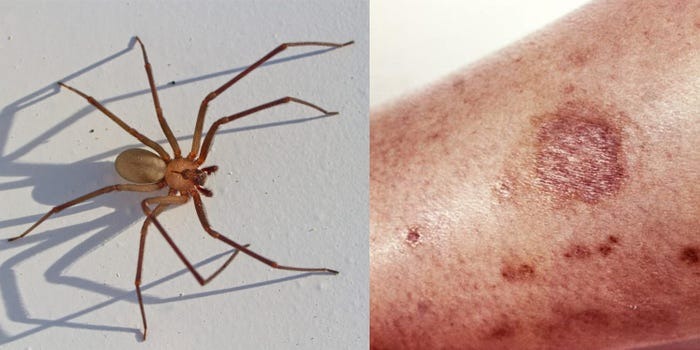While spider bites are uncommon, certain species such as the Black Widow and Brown Recluse spiders can cause medically significant reactions. These spiders are found in various regions of the United States and, though generally non-aggressive, may bite when disturbed. Proper identification, swift first aid, and appropriate medical care are critical for effective management.
This guide provides accurate information on how to identify these spiders, what to do if bitten, and the best ways to reduce your risk of encountering them.
Identifying Dangerous Spiders
Black Widow Spider
The Black Widow spider, part of the Latrodectus genus, is distinguished by its shiny black body and a red hourglass marking on the underside of its abdomen. It prefers secluded, dark environments and is often found in garages, woodpiles, crawl spaces, and outdoor sheds. Females are more likely to bite and are significantly more venomous than males.
Symptoms of a Black Widow bite may include:
-
Local pain at the bite site
-
Muscle cramps and abdominal pain
-
Sweating and nausea
-
In rare cases, difficulty breathing or hypertension
According to the Centers for Disease Control and Prevention (CDC), symptoms usually begin within 30 to 60 minutes after the bite and can range from mild to severe depending on the individual’s age, health, and sensitivity to venom.
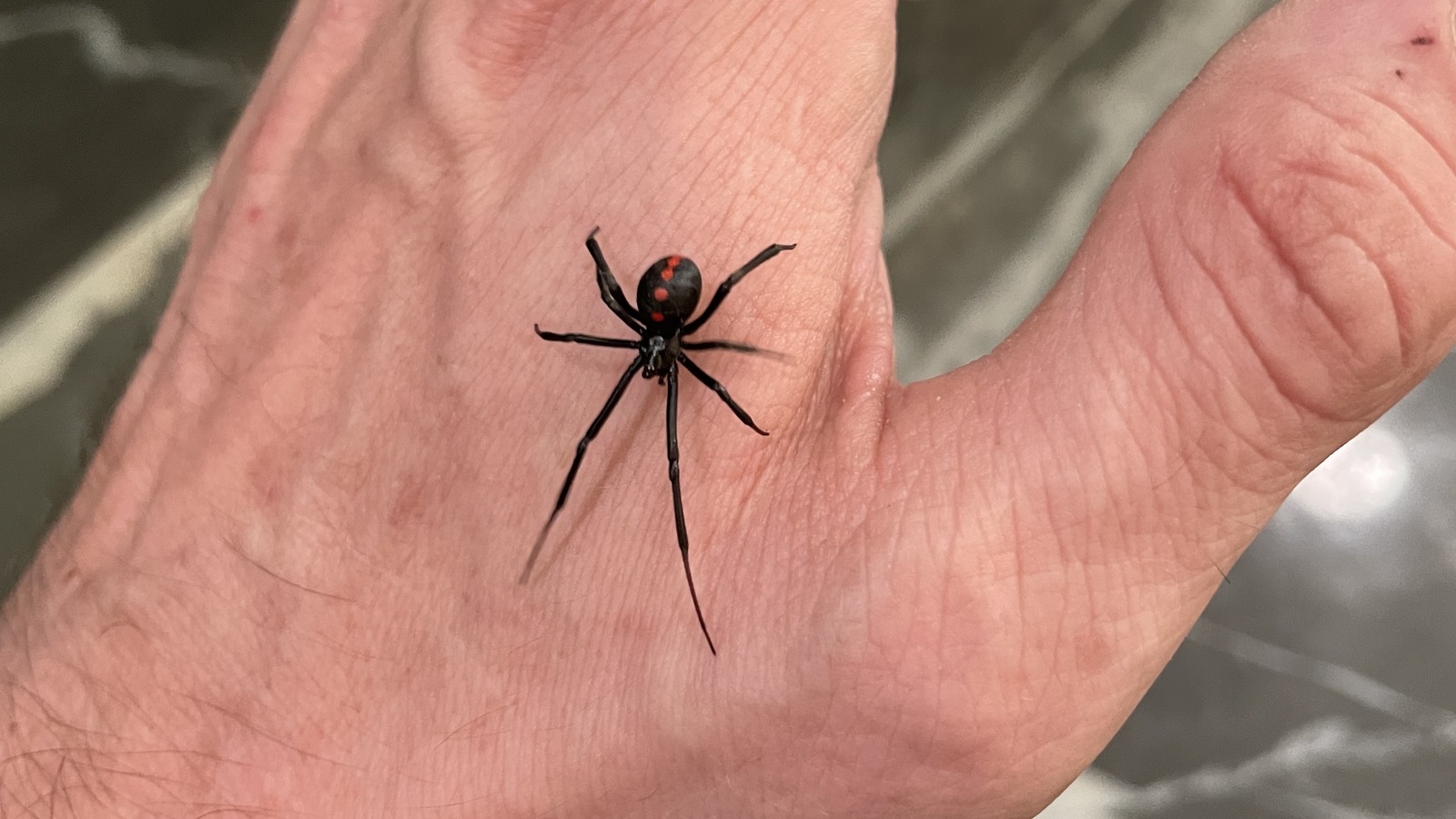
Brown Recluse Spider
The Brown Recluse spider, belonging to the Loxosceles genus, is typically brown with a distinctive violin-shaped marking on its back. Native to the central and southern United States, it often inhabits attics, storage boxes, closets, and unused shoes or clothing. This spider is shy and will bite only when disturbed or trapped against the skin.
Symptoms of a Brown Recluse bite may include:
-
Initially mild or painless sensation
-
Redness, swelling, and the formation of a blister
-
Tissue necrosis in severe cases
-
Fever, chills, and fatigue
The Mayo Clinic notes that while many bites heal on their own, a small percentage can result in significant tissue damage requiring medical treatment.
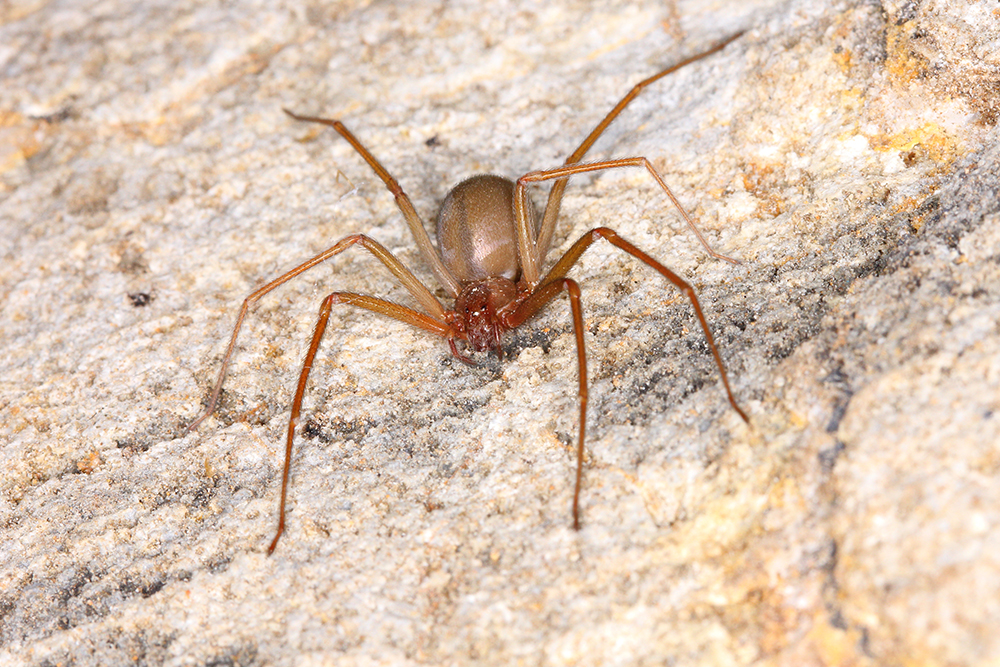
What to Do If You Are Bitten
If you suspect you’ve been bitten by a Black Widow or Brown Recluse spider, immediate and calm action is crucial. Here are the steps recommended by the National Institutes of Health (NIH) and the American Association of Poison Control Centers:
-
Clean the bite area
Gently wash the area with soap and water to reduce the risk of infection. -
Apply a cold compress
Use a cloth-wrapped ice pack on the affected area for 10-minute intervals to help reduce swelling and pain. -
Elevate the limb
If the bite is on an arm or leg, elevate it to limit the spread of venom. -
Limit movement
Try to stay still and calm, as physical activity can cause venom to spread more quickly through the body. -
Seek medical attention
Contact a healthcare professional or go to an emergency room, particularly if you notice worsening symptoms, difficulty breathing, muscle pain, or a spreading wound.
If possible, capture or take a photo of the spider from a safe distance for identification, but only if doing so does not pose further risk.
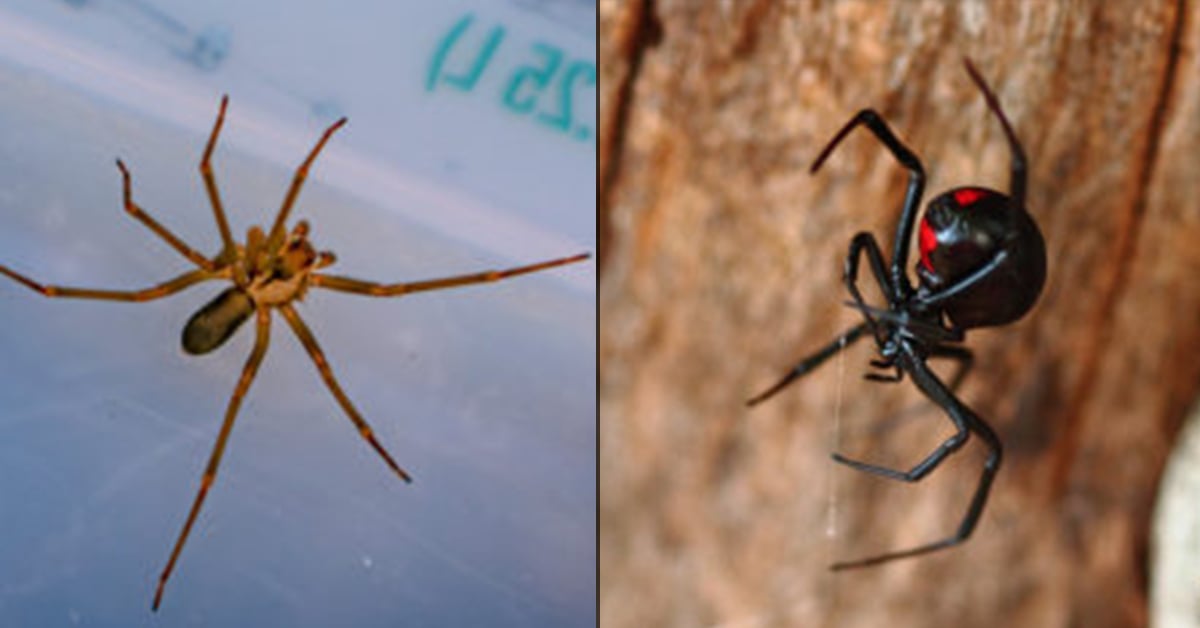
Medical Treatment Options
Black Widow Bite Treatment
For more severe cases, physicians may administer an antivenom specifically developed for Black Widow bites. Other treatment options include:
-
Intravenous pain medication
-
Muscle relaxants
-
Blood pressure monitoring
-
Hospital observation for complications
According to the CDC, fatalities from Black Widow bites are rare, but children, older adults, and those with underlying health conditions may require more aggressive treatment.
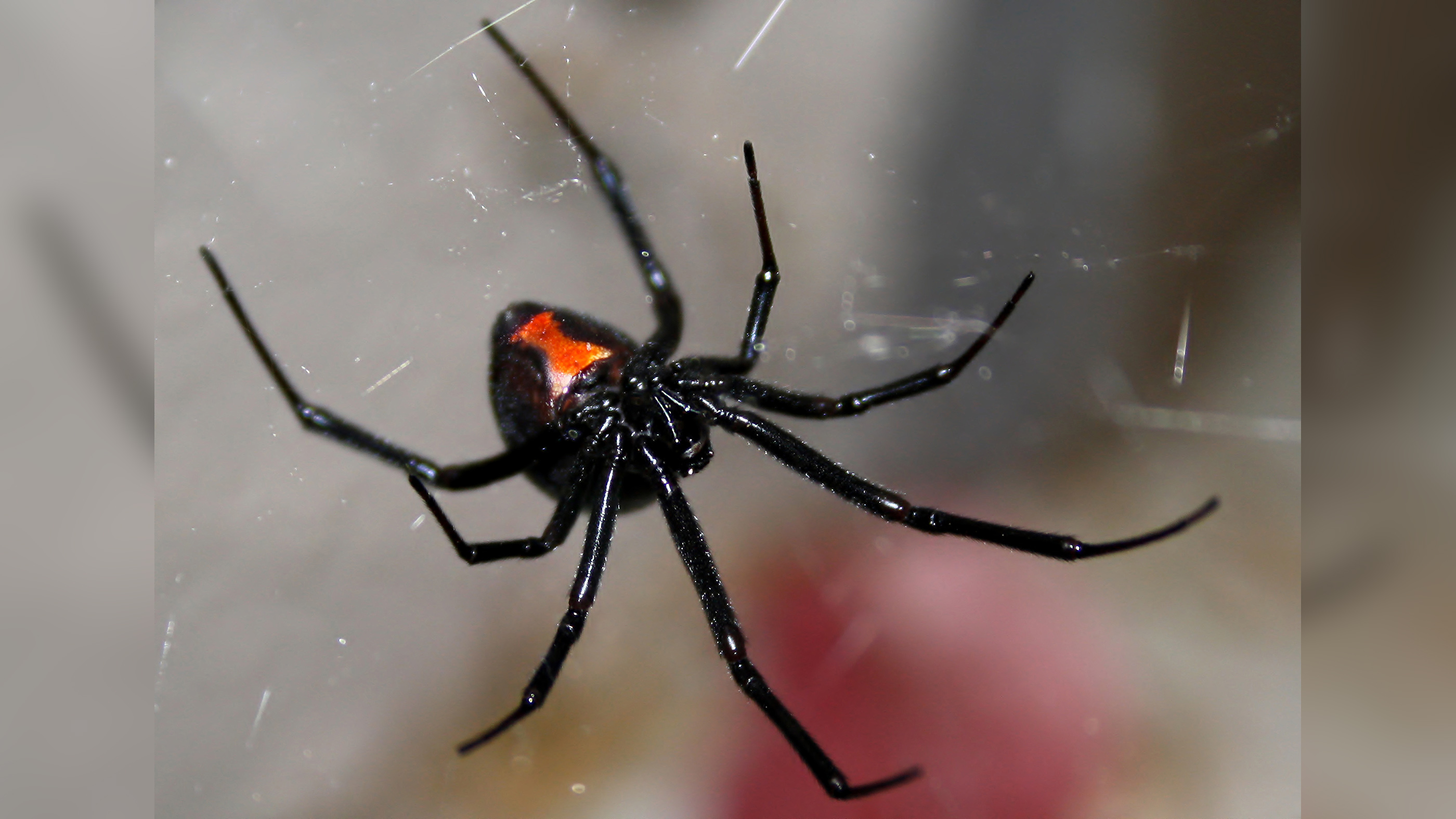
Brown Recluse Bite Treatment
Brown Recluse bites are typically managed with wound care. If necrotic tissue develops, surgical debridement may be necessary. Treatment may include:
-
Topical and oral antibiotics to prevent or treat infection
-
Corticosteroids to reduce inflammation
-
Pain management
-
Tetanus booster if needed
Avoid applying heat or attempting to extract venom, as both can worsen tissue damage.

Prevention Strategies
Preventing contact with venomous spiders is the most effective way to avoid bites. These preventive steps are recommended by the Environmental Protection Agency (EPA) and public health authorities:
-
Maintain a clean home environment
Regular cleaning in attics, closets, and other dark corners discourages spider nesting. -
Shake out clothing and bedding
Especially if items have been in storage, inspect them before use. -
Wear protective gear
When moving boxes or working in dark storage areas, wear gloves and long sleeves. -
Seal entry points
Caulk cracks, seal vents, and use weather stripping around doors and windows to keep spiders from entering your home. -
Consider professional pest control
If you live in a region where venomous spiders are common, a licensed pest control provider can inspect and treat your property.
When to Seek Emergency Help
You should seek immediate medical attention if:
-
The bite causes severe pain or cramping
-
There are signs of allergic reaction, such as swelling of the face or difficulty breathing
-
A wound is worsening or expanding
-
The bite occurred on a child, elderly adult, or immunocompromised individual
Final Thoughts
While Black Widow and Brown Recluse spider bites can lead to serious symptoms, they are highly treatable when addressed promptly. Most bites do not result in lasting damage, particularly when early steps are taken to clean the wound, manage symptoms, and seek professional medical care.
Understanding how to identify these spiders, what symptoms to monitor, and how to protect your home can greatly reduce the likelihood of dangerous encounters. Education and awareness remain the most effective tools in minimizing spider-related risks.
References
-
Centers for Disease Control and Prevention (CDC): Spider Bite Facts
-
Mayo Clinic: Spider Bites – Overview
-
National Institutes of Health – MedlinePlus: Spider Bite First Aid
-
American Association of Poison Control Centers: Poison Help
-
U.S. Environmental Protection Agency (EPA): Pesticide and Spider Control Information
